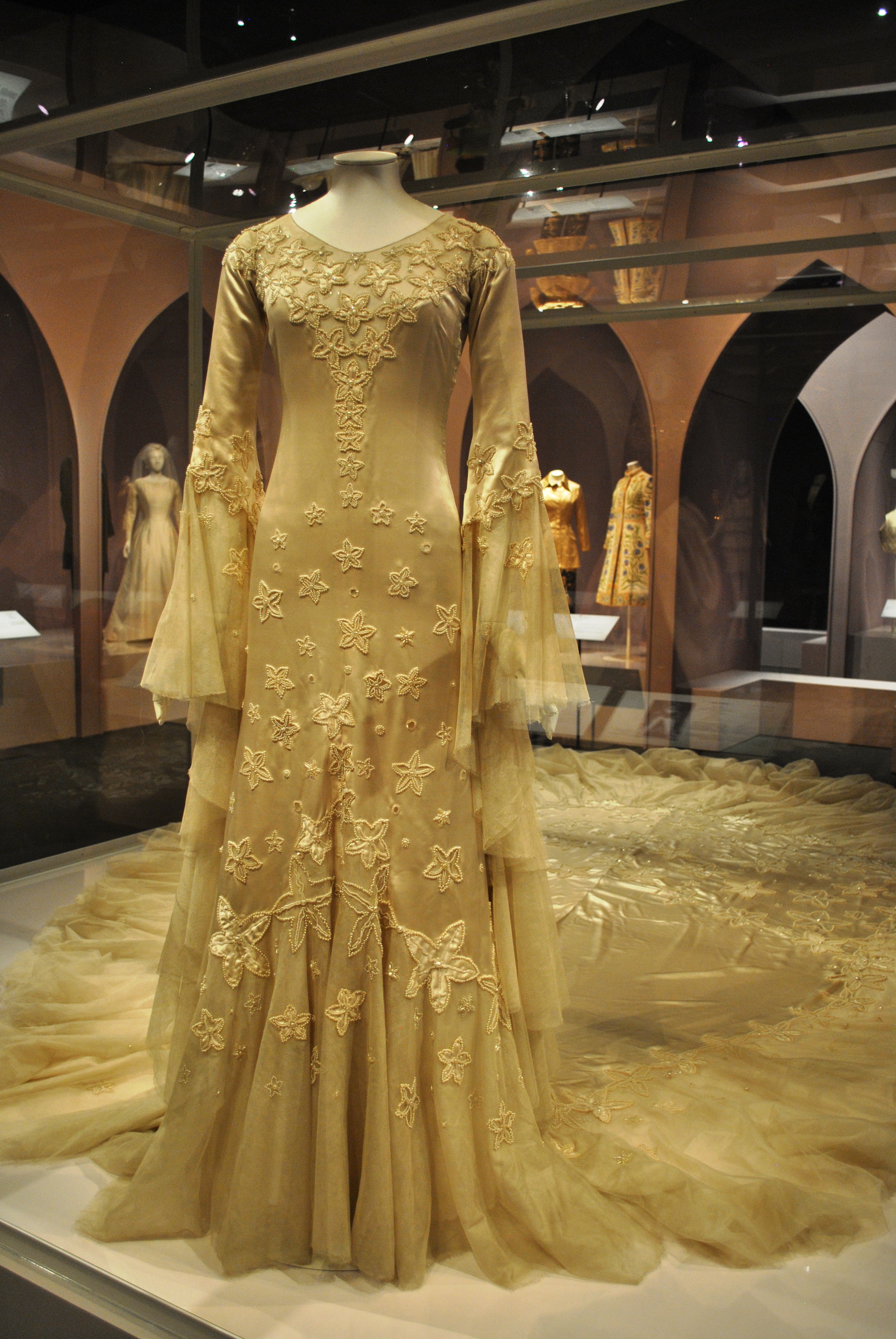Below it Appeared a new Series
 Chrysler vehicles all made a switch in ’61 from DC generators to AC alternators for better electrical-current output at low engine speeds — all the better for operating power convenience features. The Ultra-Fi record player returned, called simply “RCA Automatic Record Player” in the catalogs. The pivoting seats were no longer offered, though. There were still options aplenty for DeSotos: air conditioning (for $501), power brakes, power steering, six-way power seat, and a couple of convenience and style groups. It’s tempting to contrast the seemingly sudden death of DeSoto with the slow, excruciating demise recently doled out to Plymouth and Oldsmobile by starvation of new-product development.
Chrysler vehicles all made a switch in ’61 from DC generators to AC alternators for better electrical-current output at low engine speeds — all the better for operating power convenience features. The Ultra-Fi record player returned, called simply “RCA Automatic Record Player” in the catalogs. The pivoting seats were no longer offered, though. There were still options aplenty for DeSotos: air conditioning (for $501), power brakes, power steering, six-way power seat, and a couple of convenience and style groups. It’s tempting to contrast the seemingly sudden death of DeSoto with the slow, excruciating demise recently doled out to Plymouth and Oldsmobile by starvation of new-product development.
DeSoto production was always ranked a spot or two behind Chrysler. Fifties, a sign of impending doom. At this time, the high-line Adventurer hardtop coupe was moved into a separate series, where it was joined by an Adventurer convertible. The DeSoto line had been broadened in 1957 with the addition of a lower-priced Firesweep line on the shorter 122-inch Dodge wheelbase. Production ran typically in the low-100,000 range, although in model year 1958, a disaster for much of the industry, output sank to 49,445, a trend that would thereafter prove the rule rather than the exception. Among direct competitors, it always trailed Oldsmobile, but sometimes bested Mercury.
Published road tests found that this “Ram Charge” engine served the car well across a wide rpm range. The two-speed PowerFlite automatic, entering its final year of service, could be ordered on Fireflites for a mere $189. The three-speed TorqueFlite automatic was standard on Adventurers and a $227 option on Fireflites. Motor Life and Motor Trend both cited 8.8-second 0-60-mph times for a two-door hardtop with the dual-quad engine; Motor Trend covered the quarter-mile in 17.2 seconds at 85.5 mph. The basic transmission on Fireflites was, at least theoretically, a three-speed manual, though probably few cars were so equipped.
With 20/20 hindsight, however, we can see that the end of DeSoto, from the time of the decision to the assembly of the last car, was anything but swift. The Windsor, for a decade the entry-level Chrysler, was pushed upmarket by half a notch. If the condensed 1960 DeSoto lineup did not catch their attention, surely the expanded Chrysler line for 1961 did. The knell had been sounded by the time the 1960 product plans were hatched, and canny observers of the industry could have seen the signs: overt pruning of the DeSoto product line and gerrymandering of the Chrysler catalog to take up the slack.
In its ’61 new-car previews, Motor Trend could hardly contain its surprise. Powertrains began with a single engine choice, a two-barrel 361. Thanks to full-point compression-ratio reduction to 9.0:1, power output was down to 265 horsepower. The carburetor was improved and intake valves were enlarged, however. The styling had become arresting, Motor Trend complaining that the front and rear looked like they had “come from different styling studios.” While only the taillights and trim had changed on the rear, the front bore canted headlamps and a two-section grille with a cyclopslike upper section that was widely considered unattractive. A manual transmission, Chrysler’s new heavy-duty three-speed unit, was listed as standard, but most, if not all, cars were equipped with the optional TorqueFlite.
Below it appeared a new series, the Chrysler Newport, with a full line of body styles from four-door sedan to hardtops, to station wagons, to a convertible, at prices from $2,964 to $3,622, about where the DeSoto Firesweep had been in 1959. DeSoto was being replaced by a new Chrysler. DeSoto management also felt the ax. The DeSoto product line had not been the only casualty. In June 1959, Chrysler Corporation’s DeSoto Division was rolled into a new Plymouth-DeSoto Division, under Plymouth general manager Harry Cheseborough. In November, this became Plymouth-DeSoto-Valiant with the addition of the new compact car, which was sold initially as a separate make.


